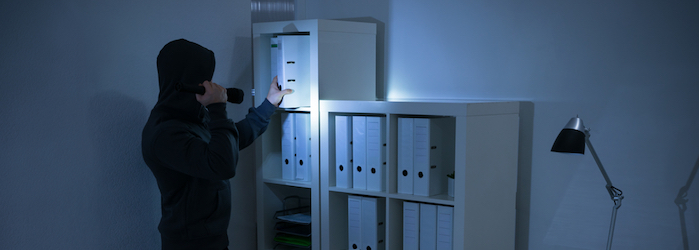How to Protect Your Company from Low-Tech Security Threats
Data theft is a hot topic for businesses, and the discussion is most often focused on the use of modern technology in the workplace. We hear a lot about digital data breaches in the news, but the reality is that physical data breaches and low-tech cyberattacks have the potential to wreak havoc on your business as well. Examples include physical theft, eavesdropping, and cybersnooping.
An alarming statistic is that 26 percent of employees are accessing sensitive data from a device other than a dedicated work computer. When employees are using equipment such as unsecured tablets, smartphones, and flash drives to access confidential information, they’re putting your business at risk of data loss, whether they realize it or not.
Here are some common low-tech security threats and how you can defend against them:
1. Physical access. One of the easiest ways for malicious characters to gain access to sensitive data is by physically walking into your facility. Requiring login access to all workstations throughout your facility will help to prevent physical theft of data.
2. Environmental factors. Environmental factors such as fire, water, heat, cold, and smoke can damage data. An effective solution to keep your data safe is to use climate-conditioned computer closets in addition to storing data off-site.
3. Digital theft. Digital data can easily be stolen by a hacker or by a criminal using a flash drive. You can protect your digital data from becoming compromised by using IT management tools to restrict USB port activity. Implementing a DLP (Data Leakage Prevention) system will further safeguard your digital data.
4. Multifunction printers. Multifunction devices create vulnerabilities for unauthorized network access. Additionally, MFPs present the risk for confidential documents to be left on the printer output tray. Require authorized access for MFP devices and […]







